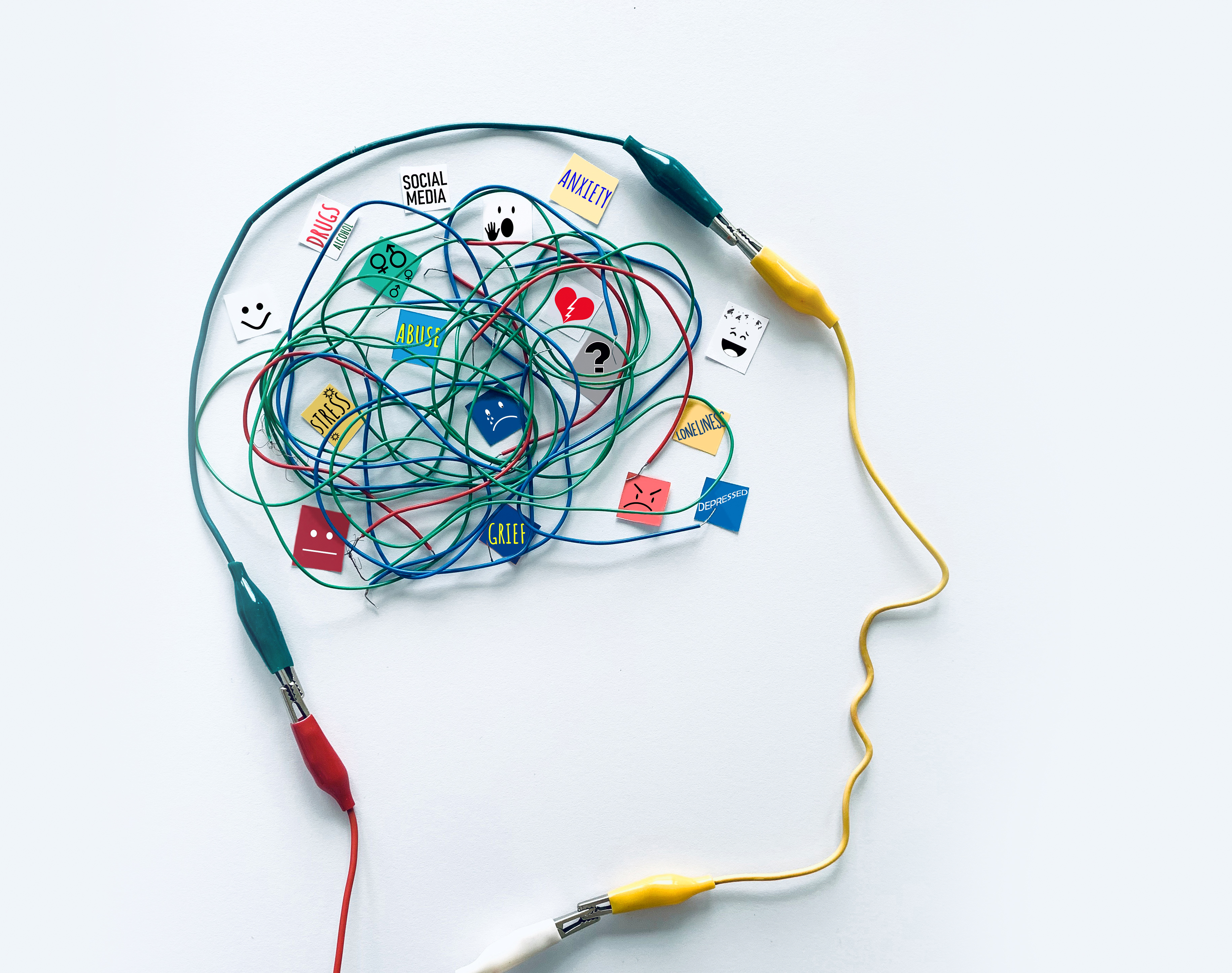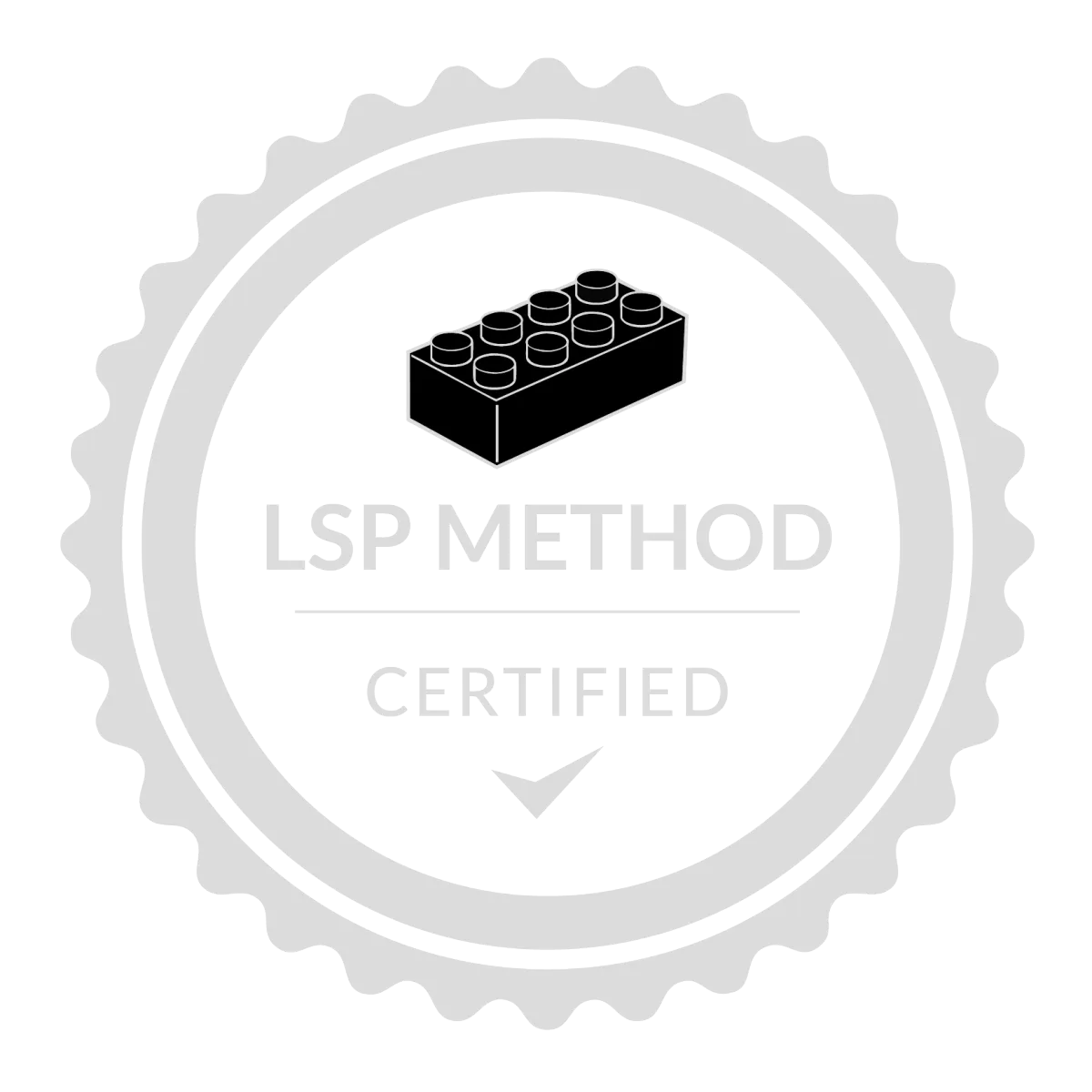Blog - Reflejos
Cultural Humility in a Time of Instability

How does one demonstrate cultural humility in this moment of instability?
I have been asking myself that question more regularly during the last four months, as someone who wrote a book on the topic of cultural humility and works with organizations and individuals who want to develop a posture of cultural humility. It has been difficult for me as a parent, faith community member, coach, and friend. One thing I do know is that what I’m experiencing won’t be ending anytime soon.
If you’ve read my book or social media posts or heard me speak or facilitate, you know that developing a posture of cultural humility allows you to navigate the complexity that comes with leading efforts to create a more inclusive organization. It helps you engage in difficult dialogue that requires understanding, not just sharing sound bites. You also know that I believe that there are three things are necessary to develop a posture of cultural humility: growth mindset, deep curiosity, and deep listening.
You might be saying “that’s all great Joel, but what about when I believe I need to call out an administration or leader in my organization, faith community or neighborhood that is wreaking havoc and not treating people with dignity? A person that makes me angry and has me concerned that the basic tenants of democracy are being violated?” I am right there with you. As a son of immigrants, it is breaking my heart seeing people in my community being picked up, taken from their families, and being shipped off to dark places. I am hurting and questioning the God of my faith.
Yet, I continue to come back to, what does it mean to develop and practice a posture of cultural humility now and when things like this are happening? Here is where I have landed and what I would offer to you as you might be struggling with how to respond.
Practicing a posture of cultural humility does not mean you cannot speak truth to power, especially when we see actions that are unethical, inhumane, and downright evil. I believe developing and practicing a posture of cultural humility will make us more attuned to abuses of power that will compel us to speak. Why? Because if you are developing a posture of cultural humility, you are developing and using two of the three skills: deep listening and deep curiosity.
Deep Listening
Deep listening is the ability to be fully present in a conversation so we can hear what the other person is saying. In a world full of distractions, we are going to need to learn how to listen if we are going to be able to hear and understand. There are things you can do to prepare yourself to listen. Two simple exercise you can practice are Box Breathing and the Three Minute Exercise.
Box Breathing – Inhale for four seconds, hold your breath for four seconds, breathe out for four seconds, and hold for four seconds. It is called a box because you mentally begin drawing a box with a four-second inhale(vertical line), then hold your breath for four seconds (horizontal line), then a four-second exhale (vertical line), and then hold for four seconds (horizontal line that closes the box).
Three Minute Exercise - For the next three minutes, direct your focus to a blank space—whether that's a wall, a piece of paper, or anything other than a screen. If possible, close your eyes for an even deeper experience.
Pay attention to your breath: Is it slow or fast? Is it shallow or deep?
Turn your attention inward and ask yourself this question: What am I not listening to in myself?
To eliminate distractions, put your phone on "Do Not Disturb" mode and set an alarm for three minutes. Sit quietly and reflect on the question: What am I not listening to in myself? Stay with this thought for the full three minutes.
Once the exercise is complete, take a moment to reflect and ask yourself these three questions:
Did the three minutes feel fast or slow?
Did you get distracted?
What did you notice?
Learning to breathe before a conversation will help center yourself before having the conversation so you can listen and minimize the likelihood of letting your emotions get the best of you. You will be able to pick up on things that are being said, which can lead you to the next skill: deep curiosity.
Deep Curiosity
Developing deep curiosity is exploring what we are seeing and hearing by asking open ended questions, so that we are seeking to understand people’s actions, beliefs, and feelings.
I encourage people to ask themselves if they feel physically or psychologically safe to have a conversation with a person. If not, then you need to not engage in that conversation. If the answer is yes to that question, then have the conversation. What does that look like? It can start by letting them know that you do not agree with what they just said or their actions. You then let them know that you are coming from a place of curiosity. That you genuinely want to understand what was just said or what you observed.
The next step is to ask questions. The first question could be “When you say or do X, where is this coming from?” or you can say “I just heard you say XXX; say more about that.” Listen to what they have to say in response. A follow up then could be to ask, “Is it okay if I offer you an observation?” You then share your perspective and ask them “How does that land with you?” This will hopefully lead to dialogue. The key is for you to be honest with yourself that you may not come to an agreement, but that you want to walk away from the conversation with a better understanding of what that person believes and for you to share your perspective.
If you notice that the conversation is getting heated and emotions are running high, let them know what you are noticing and that it might be better to return to the conversation at another time so that you both can reflect on what was said.
Practicing a posture of cultural humility is not easy. It also, does not always work depending on the circumstance. But I do believe that it can lead to meaningful dialogue and potentially change in yourself and the other person. This posture will help us in navigating the instability that currently exists and will continue to exist.






